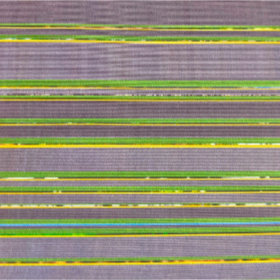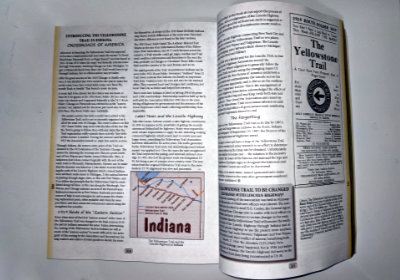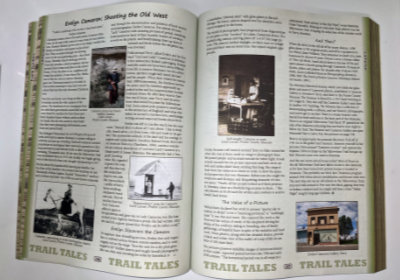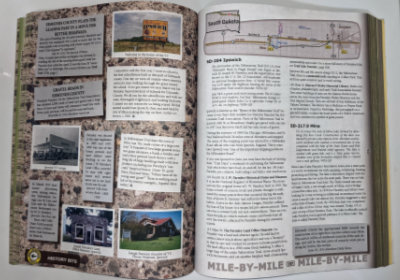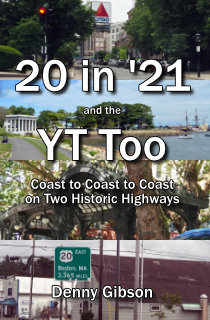 Missed it by that much. I had this really great idea for a book title, and even figured out the story that would fit it. I would drive one way across the country on the Yellowstone Trail and the other way on US 20. I would do this in the year 2020, and the resulting travelogue would be perfectly described by that catchy title: 20 in ’20 and the YT Too. But COVID-19 played havoc with 2020 travel plans and the wonderful title’s “best if used by” date came and went. I made the planned trip a year later and adjusted the title appropriately. It’s admittedly not quite the same but it’s not horrible. Is it? Well?
Missed it by that much. I had this really great idea for a book title, and even figured out the story that would fit it. I would drive one way across the country on the Yellowstone Trail and the other way on US 20. I would do this in the year 2020, and the resulting travelogue would be perfectly described by that catchy title: 20 in ’20 and the YT Too. But COVID-19 played havoc with 2020 travel plans and the wonderful title’s “best if used by” date came and went. I made the planned trip a year later and adjusted the title appropriately. It’s admittedly not quite the same but it’s not horrible. Is it? Well?
As for the trip, it certainly wasn’t horrible. It was fantastic. And the resulting travelogue isn’t horrible either. Maybe not fantastic but definitely not horrible. I think calling it pretty good is legit. It’s got pictures.
It has more pictures than any previous Denny Gibson travelogue. It would also have the most pages if you took Granny’s letters out of Tracing a T to Tampa. I’ve been saying it has nearly 200 photos. I believe the actual count is 192 and “nearly 200” sounds much more impressive than “over 190”.
Like all the previous travelogues, the pictures are black and white. I started this project intending to use Amazon’s new improved color options. I even had a proof copy printed in premium color to see how it looked. It looked good. I asked myself if I thought other people would pay $30 or more for the book and answered, “Probably not”. Then I asked myself if I would pay $30 or more for the book and again answered, “Probably not”. So I backed away from the idea of a full-color glossy-paged thing of beauty and again embraced the idea of a gray-scale matte-paged thing of practicality. However, just as with the others, there is a Kindle version with color pictures. Electronic color is free.
The subtitle is a bit misleading. The documented trip doesn’t really start on a coast. It starts in Ohio, goes to the Atlantic, then the Pacific, then back to Ohio. The book sometimes refers to this as C2C2C2C (center to coast to coast to center) but that requires way too much explanation to work as a subtitle. The pictures on the front cover do a better job of describing this sequence than the subtitle does. From top to bottom they show a sign in Boston, Plymouth Rock, Pioneer Square, and a sign in Newport. These represent the termini of the pair of historic highways in the sequence they were reached. First is US 20’s east end then the Yellowstone Trail’s east end. The Yellowstone Trail’s west end is next followed by the west end of US 20. The book covers a whole lot of traveling before that first terminus and after the last one.
In summary, the book has a cool (but not as cool as it could have been) title, tells about crossing the USA twice on historic highways, has lots of B&W (though color was considered) pictures, and has an almost but not quite true subtitle. What’s not to like?
20 in ’21 and the YT Too, Denny Gibson, Trip Mouse Publishing, 2022, paperback, 9 x 6 inches, 189 pages, ISBN 979-8422405411.
Signed copies available soon through eBay. Unsigned copies available through Amazon.
Reader reviews at Amazon and Goodreads are appreciated and helpful and can be submitted regardless of where you purchased the book. All Trip Mouse books are described here.


